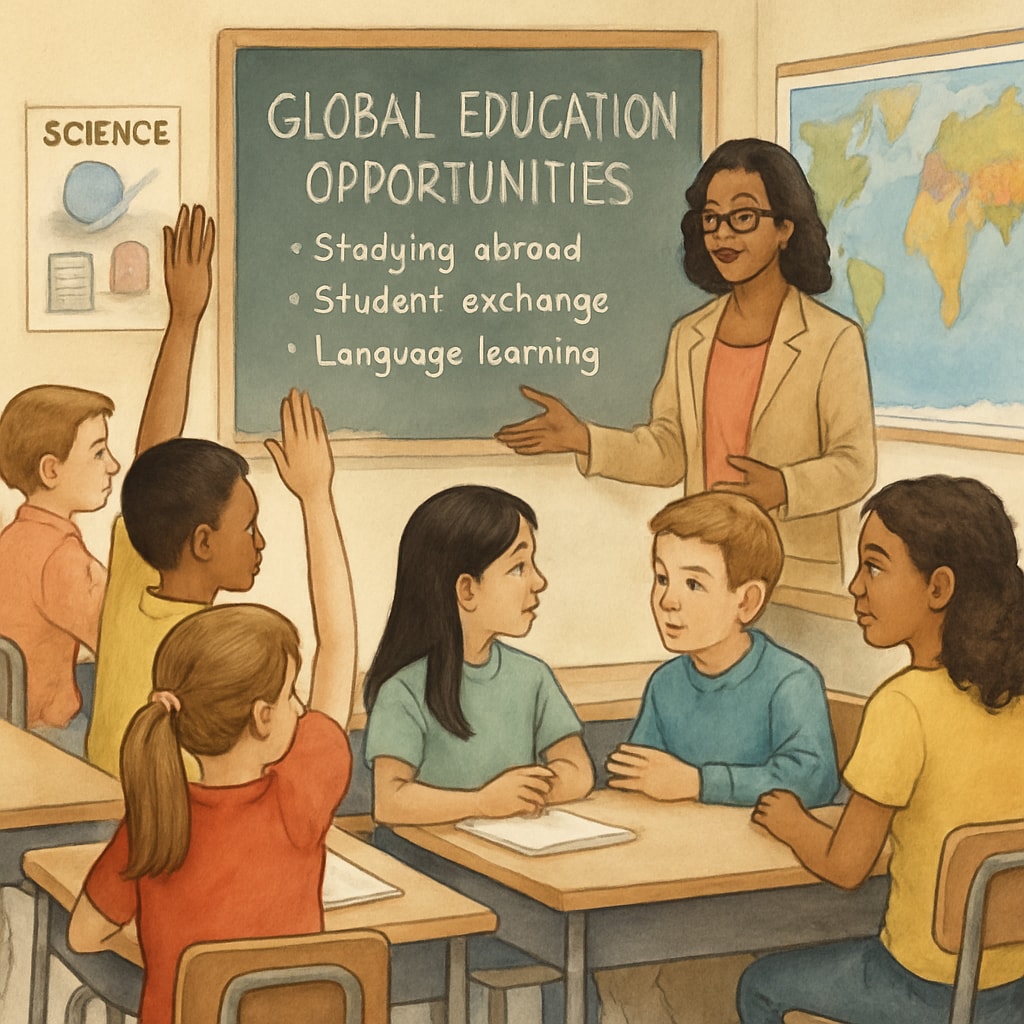Planning for international education, including applying to U.S. master’s programs, often starts long before the application process begins—with foundational preparation during the K12 years. Whether you’re considering agency assistance or navigating study abroad applications independently, building a strong foundation early can significantly impact your child’s future. This article provides insights into academic planning, skill development, and extracurricular strategies that can enhance K12 students’ readiness for global education opportunities.

Building a Strong Academic Foundation
Academic excellence is often the cornerstone of successful study abroad applications. During the K12 years, it’s essential to focus on both breadth and depth in subjects that align with your child’s future aspirations. For example, students aiming for STEM (Science, Technology, Engineering, Mathematics) programs should prioritize advanced coursework in math and science, while those interested in humanities might focus on literature, social sciences, and writing-intensive classes.
Furthermore, standardized tests such as SAT, ACT, or TOEFL (Test of English as a Foreign Language) play a significant role in U.S. master’s program applications. Parents can support their children by incorporating test preparation into their academic routines early. Many online platforms and resources, such as Khan Academy, offer free test prep courses tailored to these exams.
Developing Essential Skills Beyond Academics
In addition to academic achievements, skills such as critical thinking, problem-solving, and communication are highly valued in international education. Encourage your child to participate in activities that foster these abilities, such as debate clubs, coding workshops, or community service projects. Such experiences not only help students stand out in their study abroad applications but also prepare them for the challenges of studying in a foreign environment.
Another vital skill is adaptability. Future international students will need to navigate cultural differences, language barriers, and new academic systems. Introducing your child to diverse cultures through travel, foreign language classes, or global-themed extracurriculars can instill this adaptability early.

Leveraging Extracurricular Activities for Competitive Applications
Extracurricular involvement is often a key differentiator in competitive applications for U.S. master’s programs. Universities appreciate well-rounded candidates who demonstrate leadership, creativity, and community engagement. Encourage your child to pursue activities they are genuinely passionate about, whether that’s sports, arts, or volunteering.
For example, a student aiming to study environmental science might benefit from joining a local conservation group or leading a recycling initiative at school. These experiences can be highlighted in application essays, showcasing the student’s commitment to their chosen field.
Guidance from Agency Assistance
While some families prefer to handle study abroad applications independently, others find value in working with specialized agency assistance. These agencies often provide tailored services, from selecting the right universities to crafting compelling personal statements. Parents and students should research reputable organizations, ensuring the chosen agency has a proven track record in assisting applicants for U.S. master’s programs.
Additionally, agencies can offer insights into scholarships, financial aid options, and visa processes, which can be daunting for first-time applicants. Resources like Britannica’s guide on scholarships offer useful preliminary information for families exploring funding opportunities.
Readability guidance: Use short paragraphs and lists to summarize key points. Aim for clear transitions between ideas, such as “however,” “in addition,” or “for example,” to maintain smooth readability.


